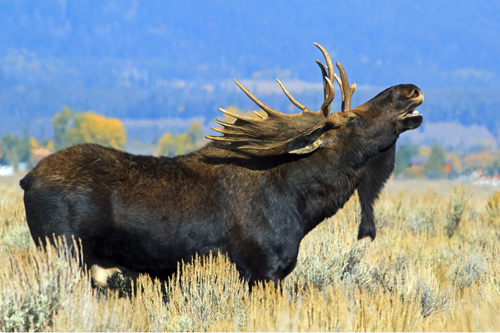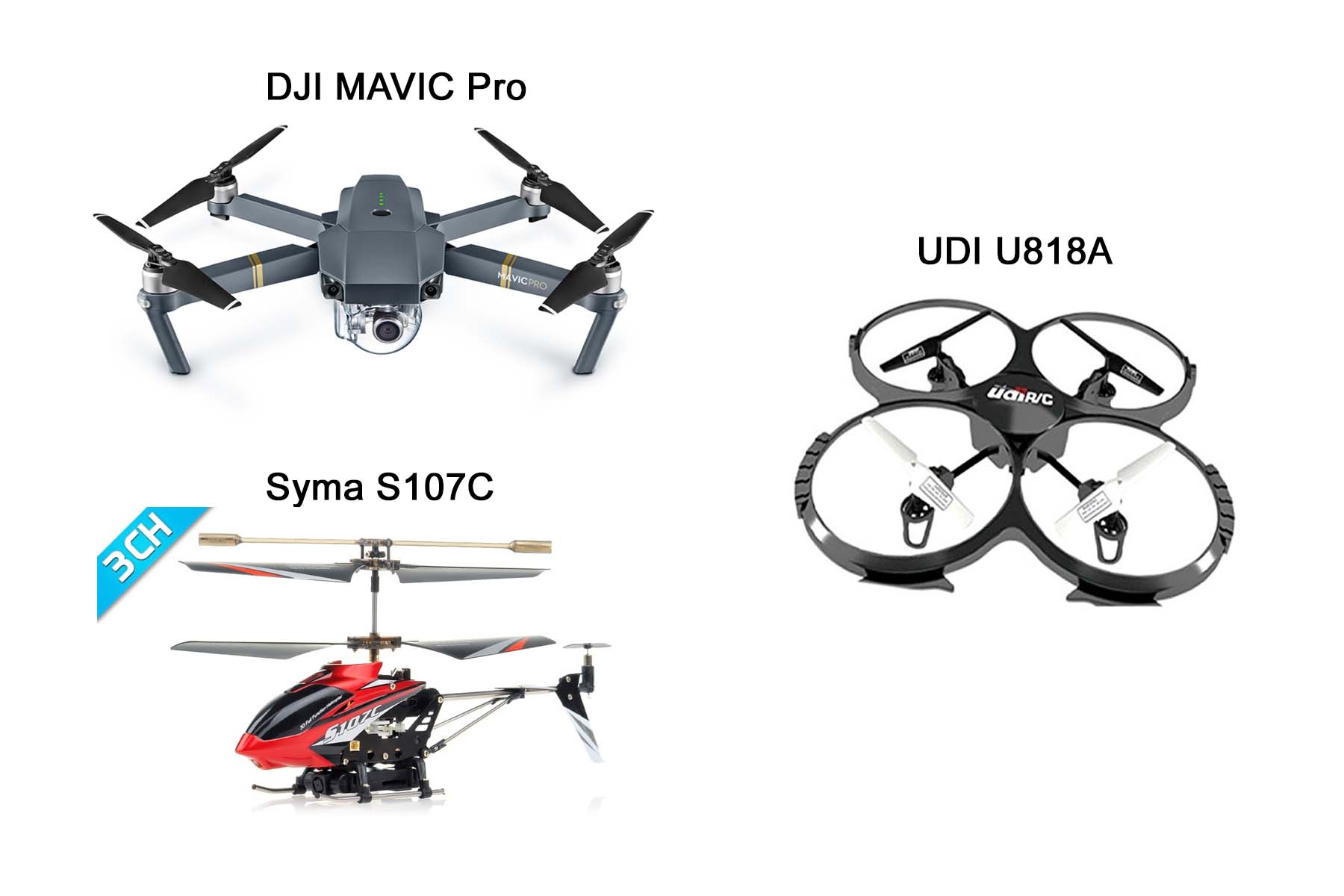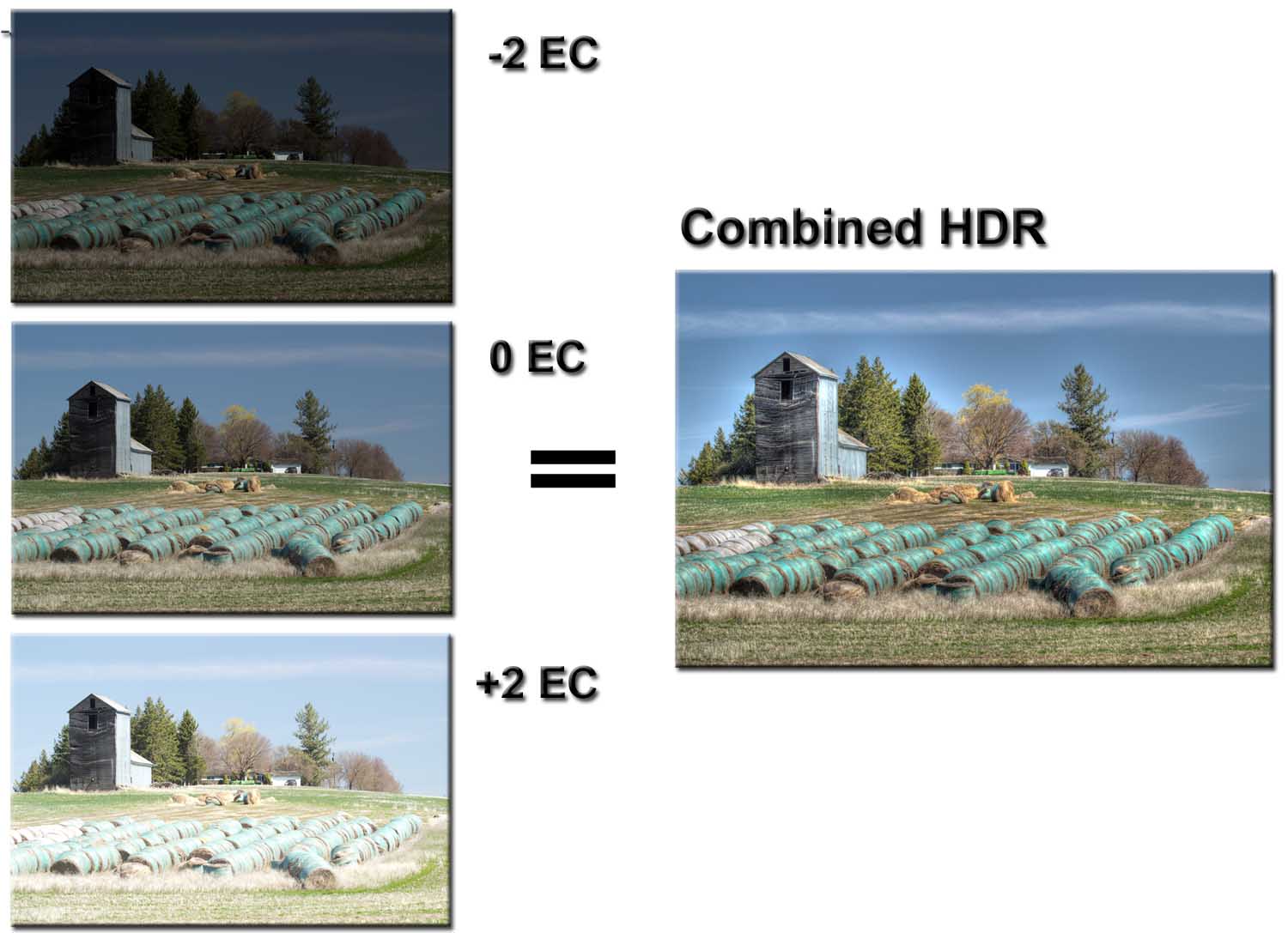About

Better Come When I Beckon
The Joy Of Living
Haiku
My photography is focused on diverse and hopefully unique subjects primarily in the Western U.S. This spans wildlife, landscapes, architecture, and vehicle images.
Updated 3/12/2018: In addition to improving photography skills, I'm also interested in associated techniqes and technologies such as high dynamic range processing, focus stacking, creative abstract, and aerial photography & video.
Investigations:
Aerial Photography & Video
Update 3/13/2017: Taking unique photographs requires creative perspectives. There are varieties of ways to accomplish this. One fast growing technique involves using drones as a photographic platform. Getting into any form of RC flight requires considerable risk and cost, however the rewards are worthwhile. I have assembled and flown RC planes in the past but now that I am retired, the timing is right to get back into the hobby. As I was considering this, I realized that combining RC flying and photography could be the perfect marriage of both interests. The timing is great because the latest crop of advanced drones can be mastered by both new and experienced users. However, to develop flight skill and confidence, I recommend starting with small, inexpensive drones such as the Syma S107C or UDI U818A. As skill develops, the transition to more sophicated camera platforms is fairly straigthforward. Another training tool to build skill could be the use of a PC-based flight simulator such as the Phoenix 4 RC Flight Simulator.
Significant advances in drone technologies has greatly increased the safety and enjoyment of this hobby. Advanced power systems, on-board electronic gyros, GPS, Visual Positioning Systems, computerized transmitters and First Person Video (FPV) improve stability, predictability, perspective, and obstacle avoidance when flying these vehicles. Drones with GPS technology can be pre-programmed for hands-off flight patterns. FPV gives the pilot a windshield view while flying these vehicles. The sophistication and availability of these technologies have become much more affordable, especially in the past two years. In fact, the new DJI Mavic Pro that can take 4k video and 12 Megapixel stills can be purchased for less than the cost of a good camera body.

High Dynamic Range Photography (HDR)
HDR photography involves taking multiple exposures of still subjects then combining them to enhance the light and dark details of the resulting photograph. Since three exposures are involved, it's best that the subject is static. Typically, the photographer takes three exposures that range from -2 to +2 stops in exposure compensation. For Canon cameras, the AEB feature (Automatic Exposure Bracketing) will take the three exposures automatically. Most DSLR's have a similar feature; some of the newer cameras can process the HDR photos in the camera. Using one of the available HDR programs, the downloaded exposures are combined to form a single, properly exposed image. This technique is especially useful when taking photos with bright skies and dark foregrounds. On average, the human eye can resolve about 11 f-stops of light dynamic range; by comparison, a typical DSLR can handle about 7 f-stops of dynamic range. In essence, HDR allows images that more closely match what the eye can see. The example below shows three combined photos using Photomatix. The resulting photo shows much greater detail in the barn without over-exposing the sky or under-exposing the foreground.
